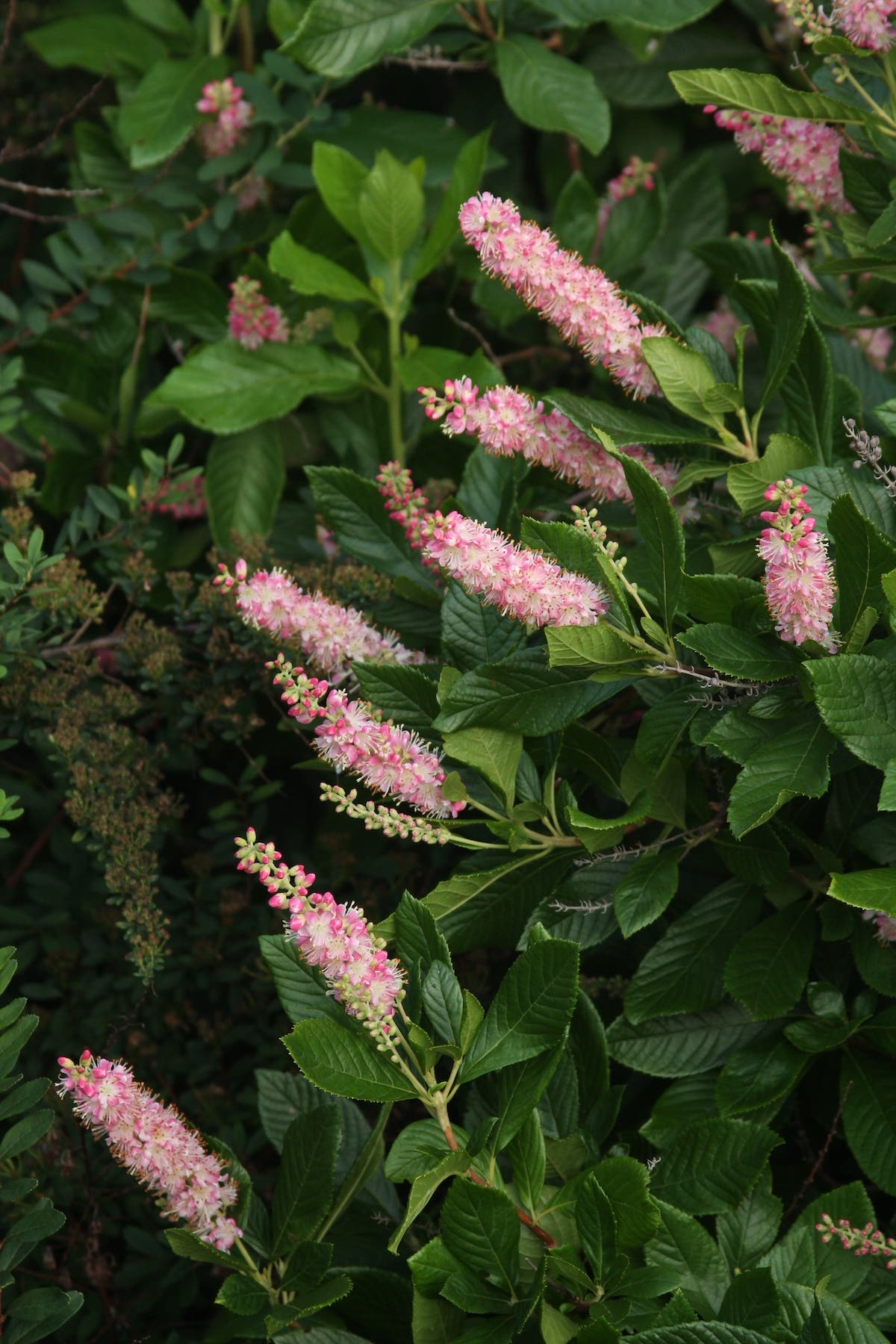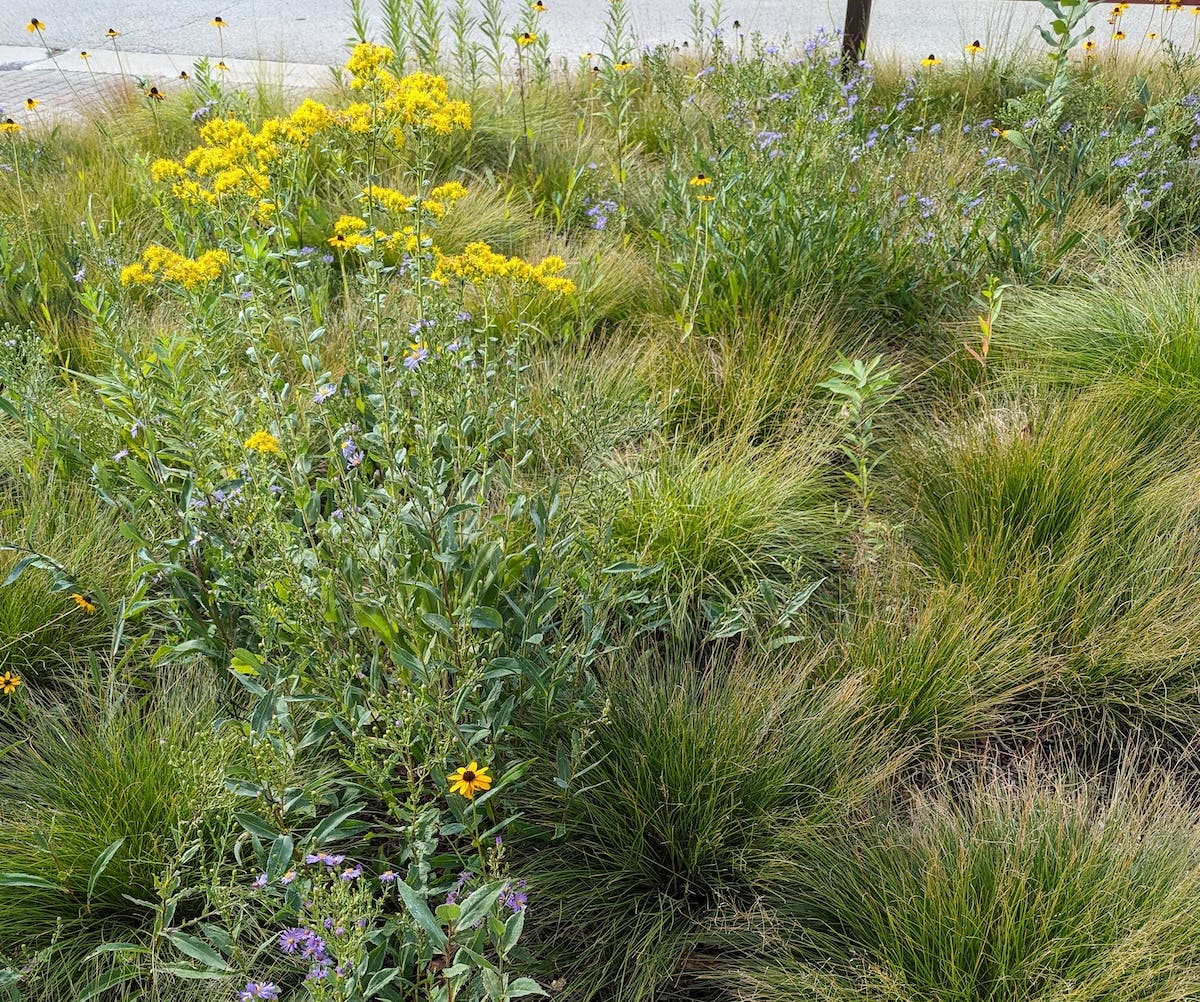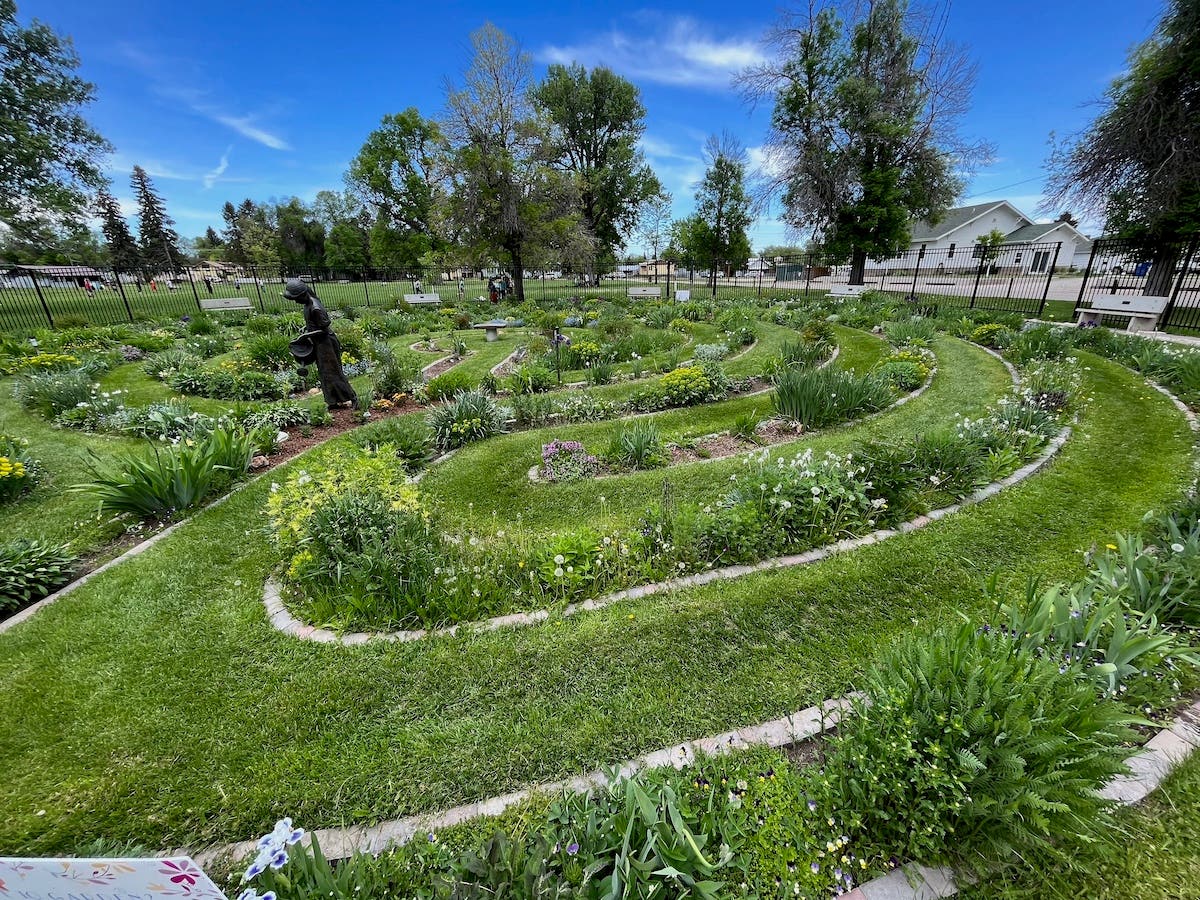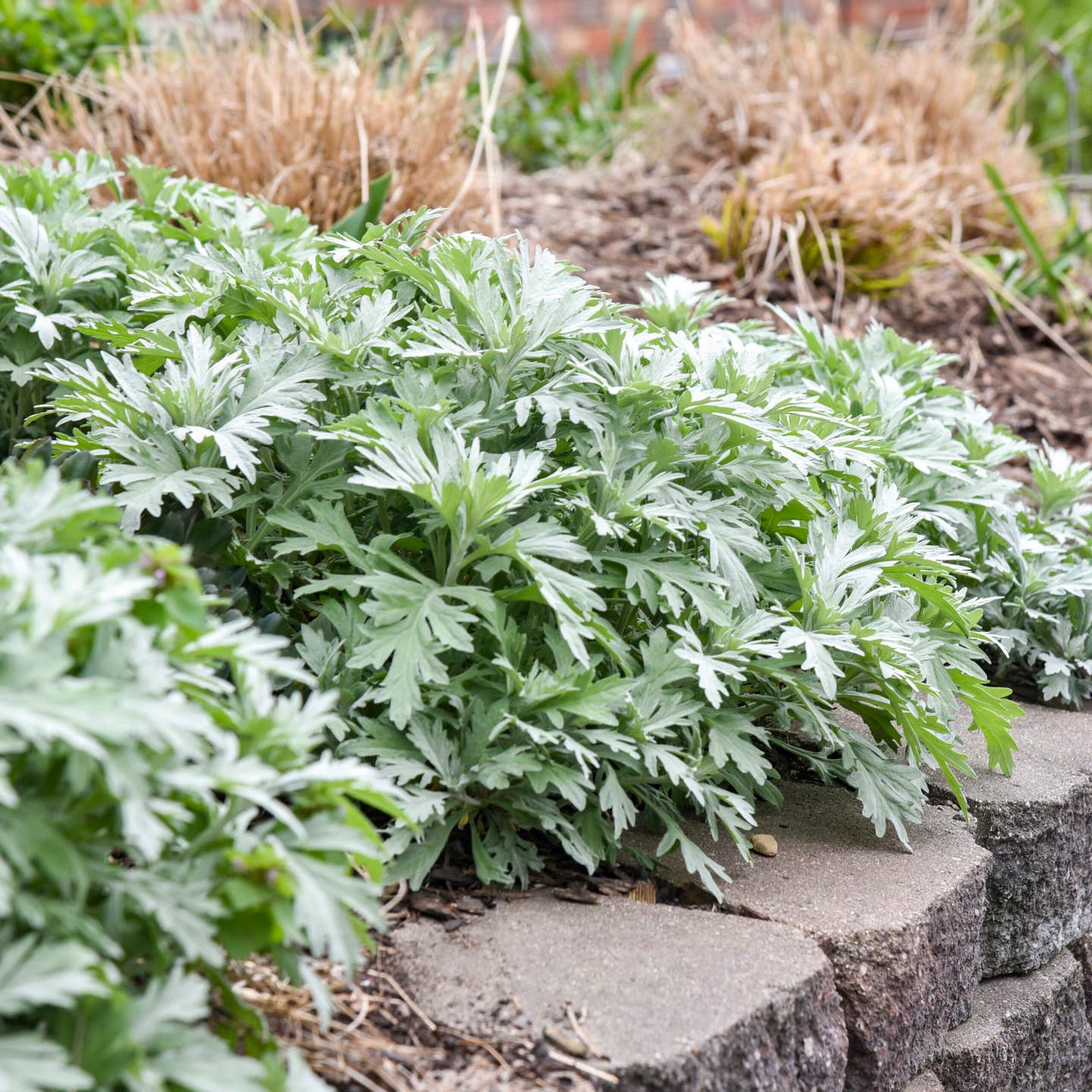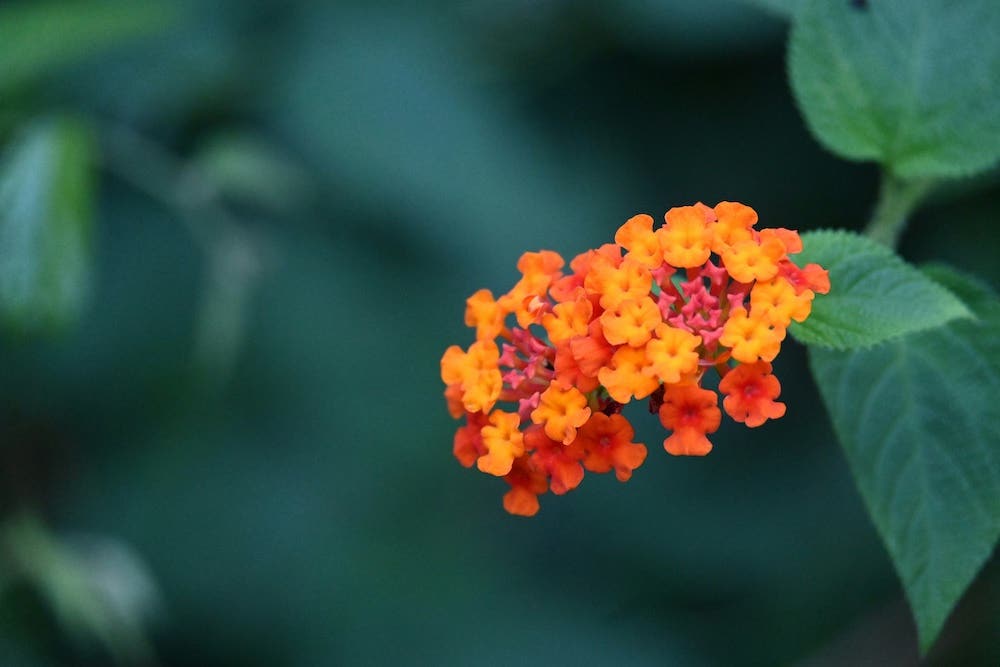Eco-friendly Design Tips
Stacie Crooks, a Seattle-area garden designer, replaced her lawn years ago with a mix of drought-tolerant plants. Here are Stacie’s tips for designing a low-impact (environmentally speaking) garden.
In 2002, Stacie Crooks, a Seattle-area garden designer, replaced 2,800 square feet of lawn in her own front yard with a garden of drought-tolerant, low-maintenance shrubs, perennials and ornamental grasses. In her practice, she focuses on environmentally-friendly design. “Whether it's a dry garden or a water garden, the process is always the same,” she says. “A healthy well-designed garden is self-sustaining and beautiful.” Here are her best tips for your own garden makeover.
1. Identify your project. “Ask yourself ‘What do I want to achieve?’ and ‘Why do I want to do this?’” Crooks says. Having a clear goal in mind–be it lower maintenance, better curb appeal, or more birds in the garden–will help you make the right design, style, and plant choices.
2. Know your site. Before you can make any changes, you need to know your constants. Determine the garden's light levels and angles, soil type, drainage, topography, and size. Consider irrigation (if you need to water, where will the water come from?) and access (how will you get to the garden and move through it?). Bearing all this in mind, set a budget.
3. Get inspired. With your goals and guidelines clear, it's time for a solid plan. “People always ask, ‘Where do I start?’” Crooks says. She points them toward activities that foster learning and friendships. “Read books and magazines and go to lectures,” she says. 'Join a garden club. Volunteer—look in the newspaper for opportunities.” And write it all down: “Take notes; make lots of lists and sketches.”
4. No zonal denial! When you go to buy your plants, Crooks says, “Read the tags carefully … read and think.” Choose only what is suited to your site and to your lifestyle. “If it isn't clear,” she says, “ask a nurseryman.” Be sure that the amount of care the plants need matches the time and energy you can offer.
5. Finish one garden before you start another. Resist buying plants that are not for your current project—they'll just die waiting around for you,” Crooks warns. “Stick to the list, I always say.”
6. Be responsible environmentally. Always aim to use less water, less fertilizer, and no chemicals. The better you know your site, the easier it is to achieve success naturally. Crooks says, “There's an importance in not gardening–in using less resources and less labor and just enjoying your space more.”
___________________________________________________________
Transform your front yard with The American Meadow Garden: Creating a Natural Alternative to the Traditional Lawn by John Greenlee and Saxon Holt.
Check out How to Get Your Lawn Off Grass, a guide to replacing turfgrass with less needy plants.
Fritz Haeg has transformed 8 yards across the US, replacing their lawns with more useful landscapes. It's documented in Edible Estates: Attack on the Front Lawn.


